The Right Time to Partner with an Artist: A Strategic Guide for Brands (Part 2)
InPart 1, we discussed how timing can turn a five-figure partnership into a seven-figure headache almost overnight. But timing is more than just a...

In the second installment of this series, we talked about how all of the changes seemingly brought about by the pandemic are actually just an acceleration of changes that were already happening. A dynamic shift in consumer behavior that would normally take years to become the norm occurred over a matter of months.
As with the other trends shaping the me-conomy, the notion that adaptability provides a competitive advantage has been around for a while. Many brands have been incorporating adaptability into their organizational systems for decades, but there are always brands (and sometimes whole industries) that are resistant to change. However, the shift in consumer preferences, accelerated by a global pandemic, forced even the most stuck-in-their-ways brands to quickly and effectively adapt . . . or get left behind.
At the beginning of the pandemic, adaptation meant a swift pivot to online commerce and virtual experiences for many brands. Curbside pickup (once a convenient but rarely utilized offering) became a necessary part of doing business for many retailers. Food delivery services exploded in popularity. Concerts, conferences, cooking classes, and crossfit were suddenly all available as virtual events . . . and, as we mentioned before, these virtual (and hybrid) options are here to stay.
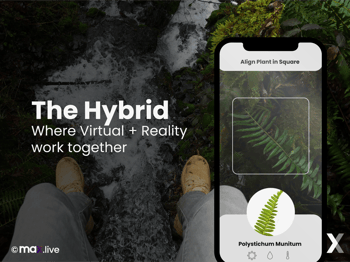
There is a lot of talk about living in an “increasingly virtual” world, but in reality, what we’re seeing is an increasingly hybrid world. The line between virtual and physical is blurring, and even the most traditionally non-digital activities often include virtual elements (using a plant identifying app while hiking, a sky map app while stargazing, etc.). Brands need to adapt as people move between digital and physical spaces—sometimes occupying both at the same time.
Walgreens: Even before shutdowns began, Walgreens offered telehealth services, online pharmacy consultations, drive-through shopping, an online ordering system, and free delivery—even for prescription drugs. Because Walgreens invests in adaptability, and had already begun to merge digital and physical shopping experiences, they were able to quickly scale their offerings and adapt messaging to show how they could help people stay safe while still getting all of their necessities.
Many brands just adapted messaging, veering away from campaigns focused on social gatherings and towards building community from a distance. Some messaging came across as cringey at best (remember back when every brand had basically the same somber yet uplifting commercial running?) and exploitative at worst (see: the tobacco industry targeting kids . . . again).
The messaging that did work came from brands that already had adaptability built throughout their organization. These brands showed that they understand the people and communities they serve, found ways that they could legitimately help, and shared messages of hope and cooperation.
Ford Motor Company: At the beginning of the pandemic, Ford quickly expanded their Ford Credit relief program to include people who suddenly found themselves in a difficult financial situation because of the pandemic. Ford shifted all of their marketing efforts into messaging that highlighted the relief program within a week of the expansion. Ford’s culture of adaptability is built around customer experience, enabling them to understand and accommodate people’s changing needs in real time.
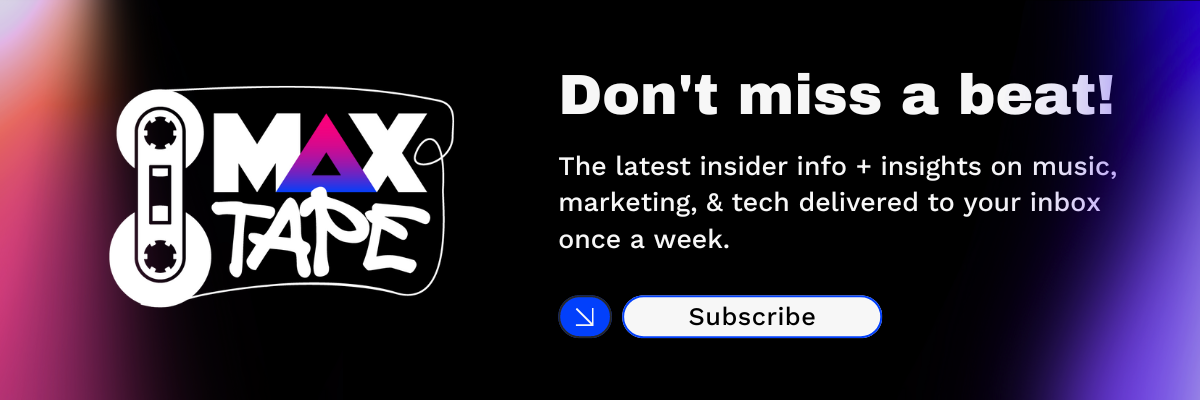 Adaptability Is the New Normal
Adaptability Is the New NormalThe brands that have adapted to “the new normal” are mostly surviving in the me-conomy. There are also brands that have managed to not only survive, but to thrive. What sets these brands apart is their ability to center the customer experience while reevaluating their business model. People’s lives were upended by stay-at-home orders, the shift to remote learning, mass joblessness, commodities shortages, and a spate of localized disasters caused by utilities and systems failures. The brands that understand the challenges that people face—and offer solutions to those challenges—are the brands that people have embraced.
One thing that brands should keep in mind: adaptability doesn’t mean constantly changing your product or service; it just means understanding your customers, recognizing when their needs are changing, and figuring out how your brand can help.
As people try to safely recapture the experience of hanging out with their friends, the “Zoom Happy Hour” has exploded in popularity. Friends gather virtually for drinks and a chat and many people, hoping to recreate the craft cocktails from their favorite bars, have upped their cocktail game.
AeroGarden, makers of home hydroponic gardening systems, saw this shift to a home-centric lifestyle as an opportunity to show people how to grow their own fresh herbs and take their cocktails and mocktails to the next level.
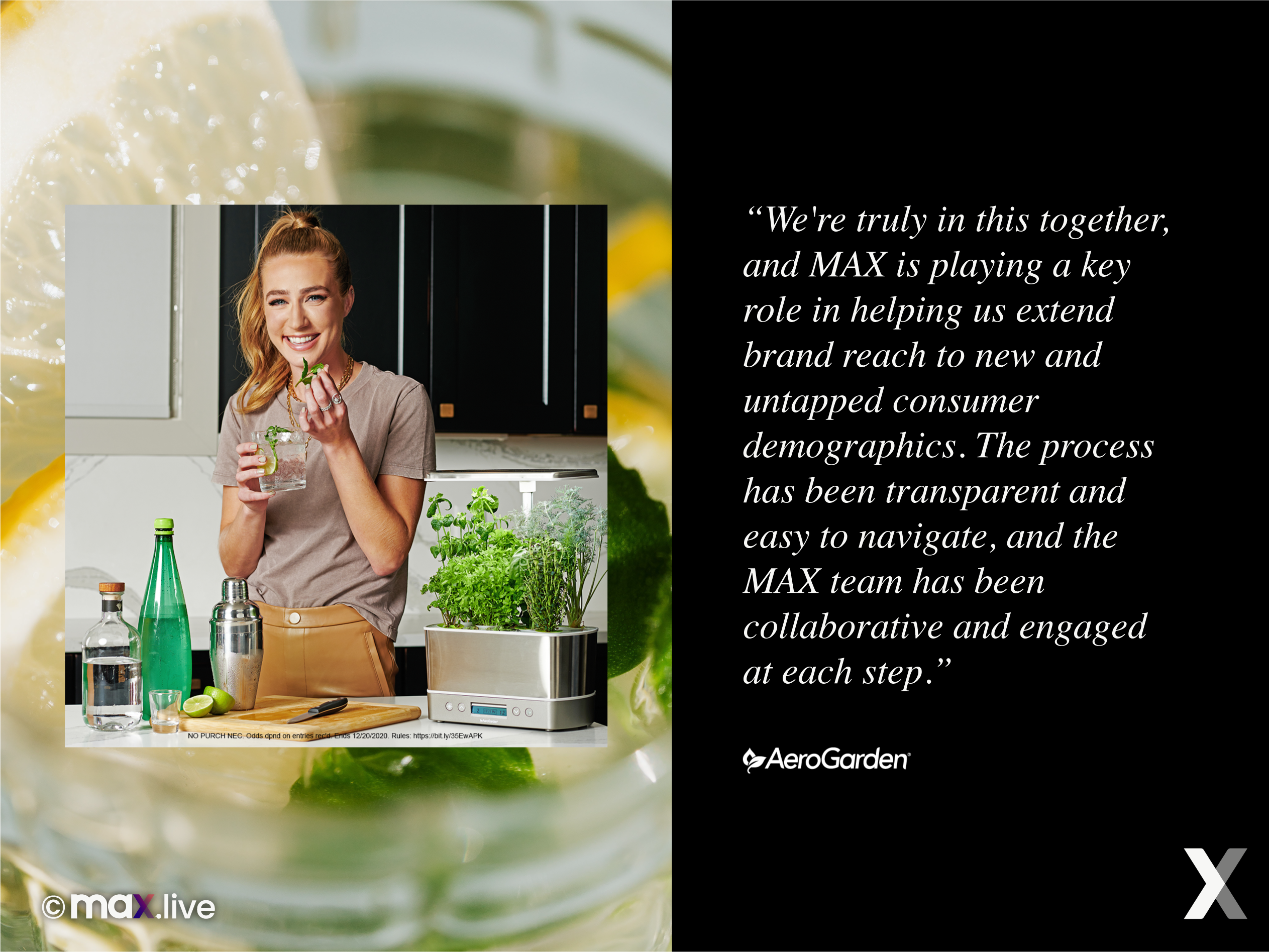
MAX helped AeroGarden find the ideal partner for this campaign in Ingrid Andress. The singer/songwriter has been nominated for multiple GRAMMY, ACM, and CMT awards. Her sharp wit—and sharper pen—have earned praise from music critics and a loyal following of fans. Andress' fan base over-indexes for premium liquor drinkers, dining enthusiasts, and suburban homeowners, and she has a strong following on Instagram (an ideal medium for a highly visual campaign).
AeroGarden’s success is a case study in adaptability and consumer-centric strategy. Without changing their main product offering, the brand was able to find new reasons for people to utilize their product and to adapt messaging to reflect a radically different world. AeroGarden also continues to market themselves based on the sustainability of their product, showing that they understand the values held by their customer base.
MAX InsightsLive music was hit hard by the pandemic. Artists suddenly found themselves scrambling to restructure their whole careers—and lives—to survive. From our founding, our purpose at MAX has been to help artists, so our team immediately got to work. We are music fans ourselves and we have a personal understanding (backed up by our data) of what it is that people want out of a concert experience. We knew that just throwing a camera up in front of a stage wasn’t going to cut it. When we watch a concert, we want to feel like we are a part of something bigger than ourselves, to feel like we are actively involved in the experience. We already had tools that enabled artists to connect with fans while they were touring to help bridge the gap between digital and physical, so we knew that these tools could be adapted to transform virtual concerts into unique, memorable music moments. Keeping our focus on fan experience, our team developed SET.live and expanded SET into a full suite of tools, elevating livestreaming and creating new ways for artists to engage with their audiences like never before. Even as live music returns, the SET suite of fan engagement tools allows artists to be more adaptive to the changing preferences of fans in digital, physical, and hybrid environments. |
Adaptability isn’t about change for the sake of change nor is it reactionary. It’s about developing a deep understanding of your customers and working to make sure that you are meeting their needs. Understanding who people are at their core will help you form that lasting emotional connection we talked about in the fourth installment of this series and should inform a customer-centric strategy. When you truly understand people, adapting to meet their changing needs becomes part of your brand’s DNA.
Check out parts one, two, three, four, and five of our MAX Original Series: The Me-Conomy and subscribe to our weekly newsletter to keep up with the latest on the Me-Conomy and other MAX news.
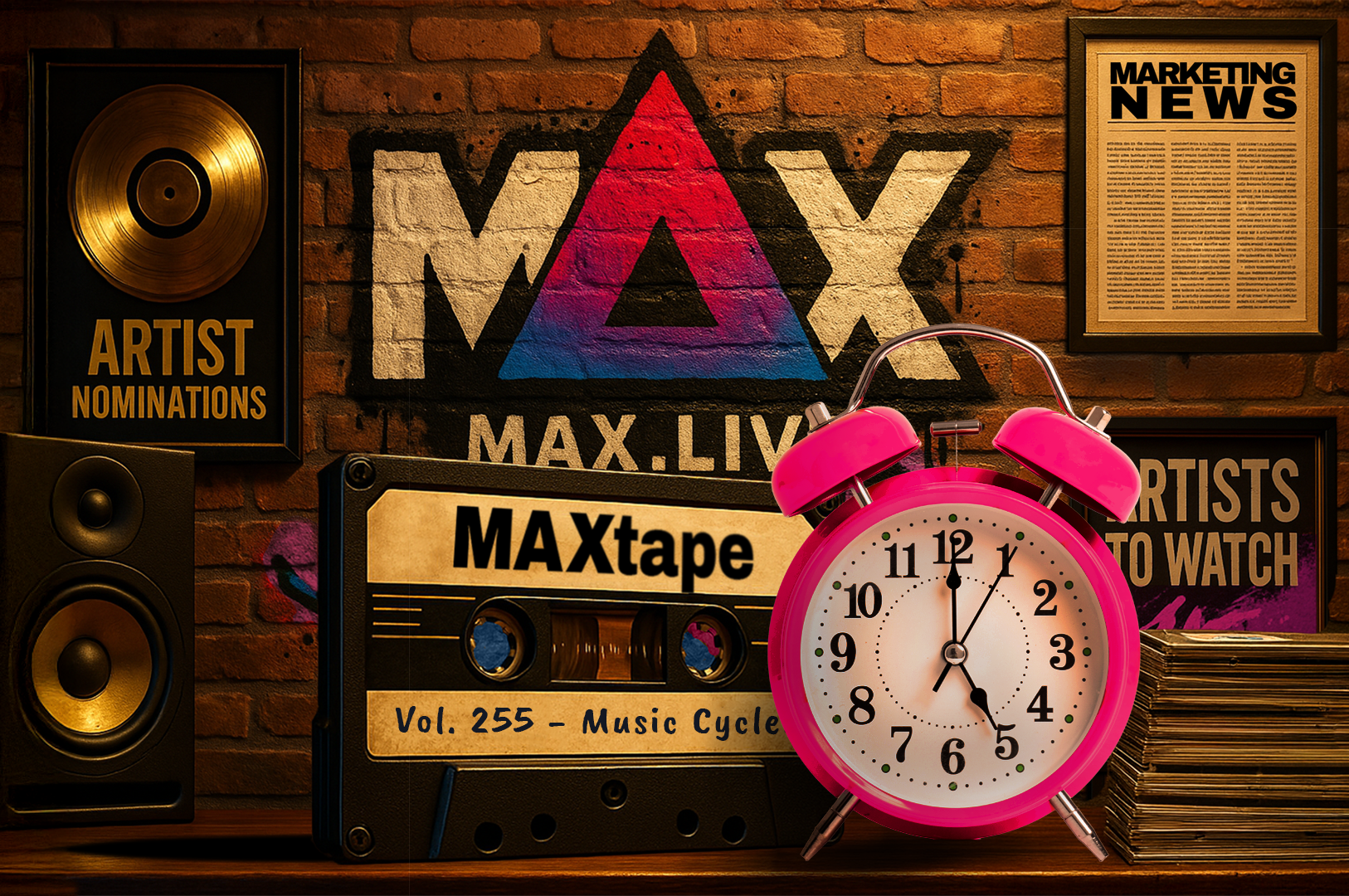
InPart 1, we discussed how timing can turn a five-figure partnership into a seven-figure headache almost overnight. But timing is more than just a...
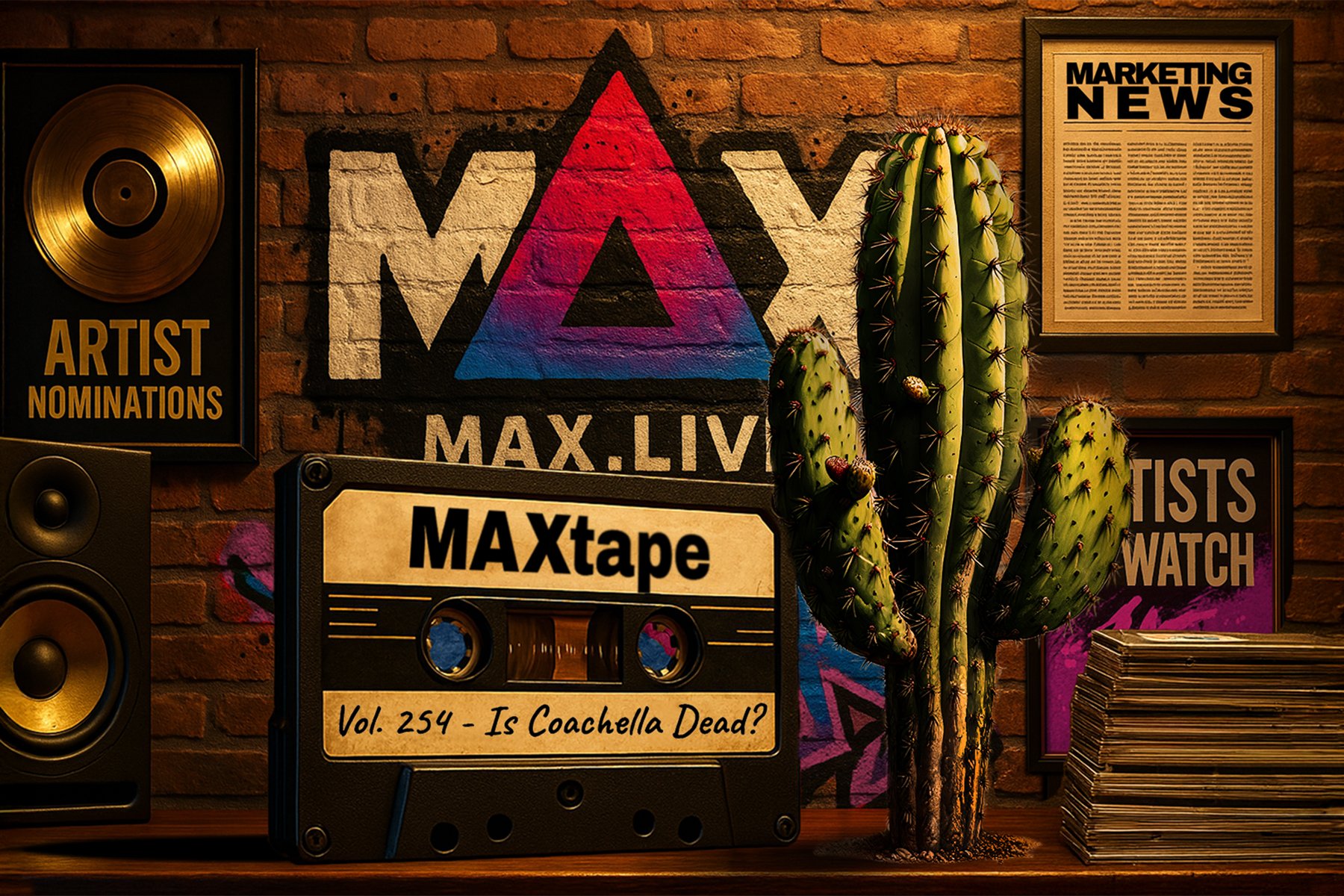
Let me give it to you straight. Is Coachella dead? Nah. But for a lot of fans, it’s definitely not alive in the way it used to be. What once felt...
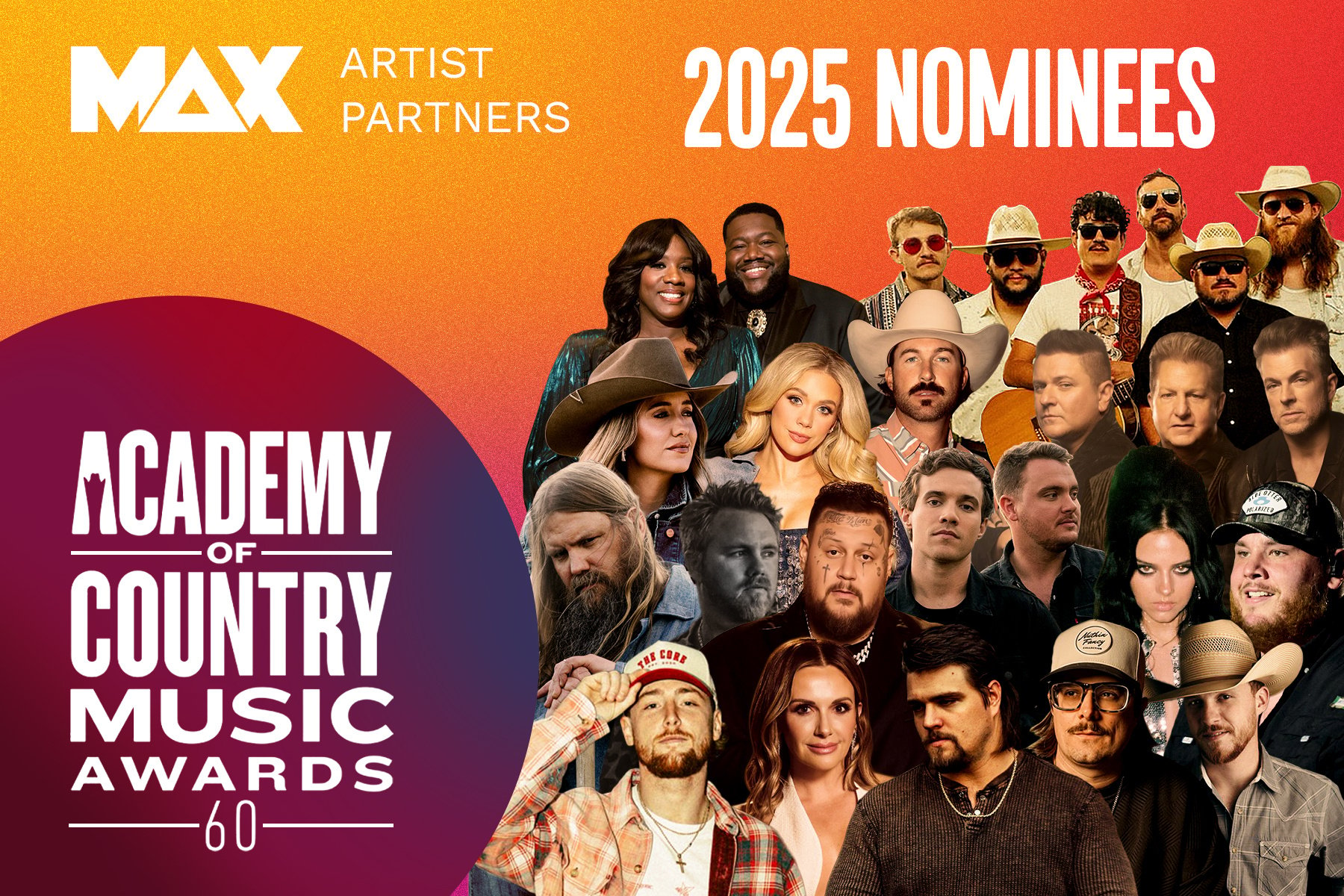
We’re beyond thrilled to celebrate our incredible MAX artist partners who’ve secured nominations for the 2025 Academy of Country Music Awards—our...
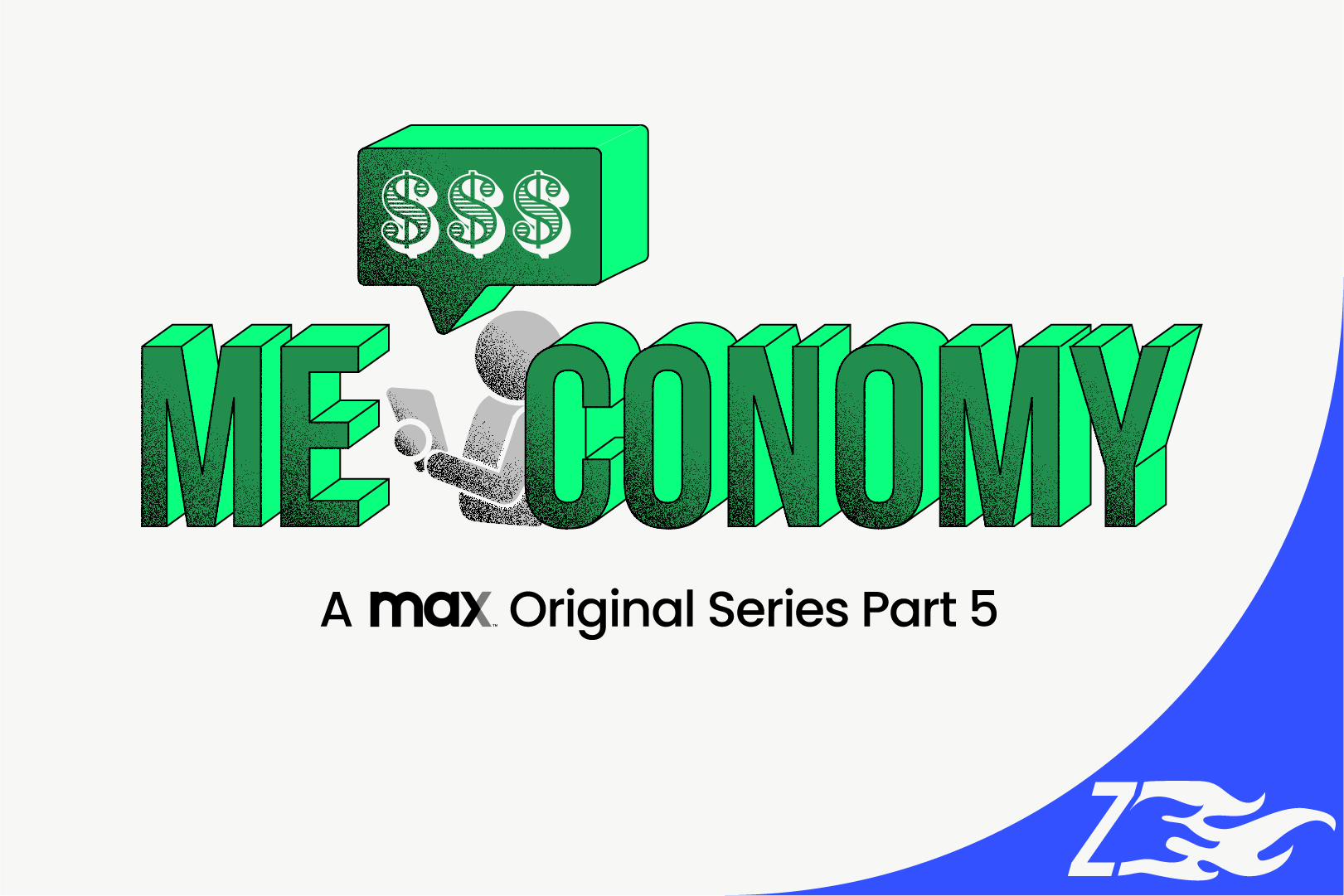
The me-conomy exists because of the shift in power from brands to people across demographics and nowhere is this change more evident than in the...

Brand loyalty is the ultimate goal for marketers. It’s the pot of gold at the end of the marketing rainbow, the goose filled with the promise of...
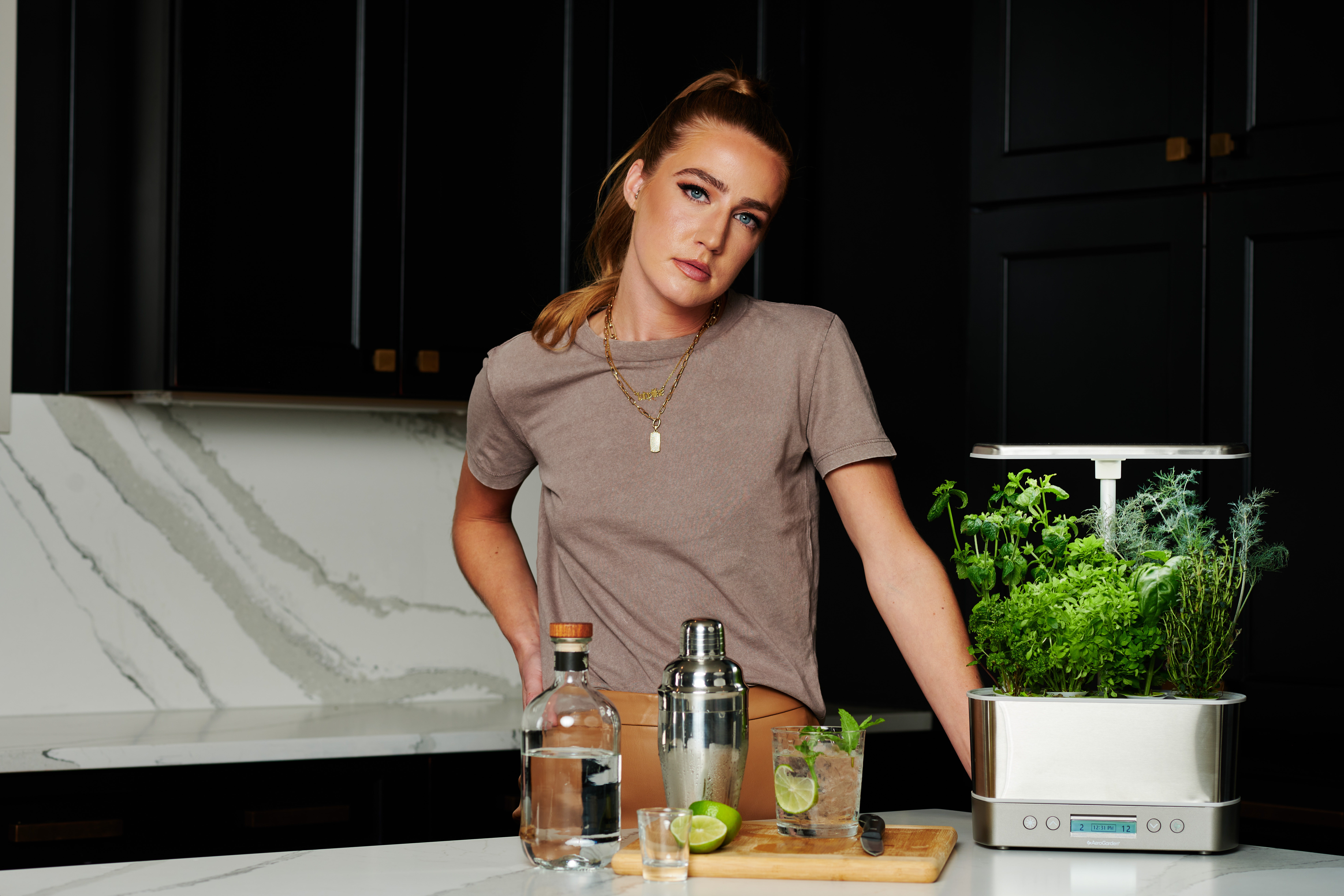
GRAMMY nominations have been announced! We are so excited that FIVE of the artists we’ve partnered with at MAX have received nominations - some of...